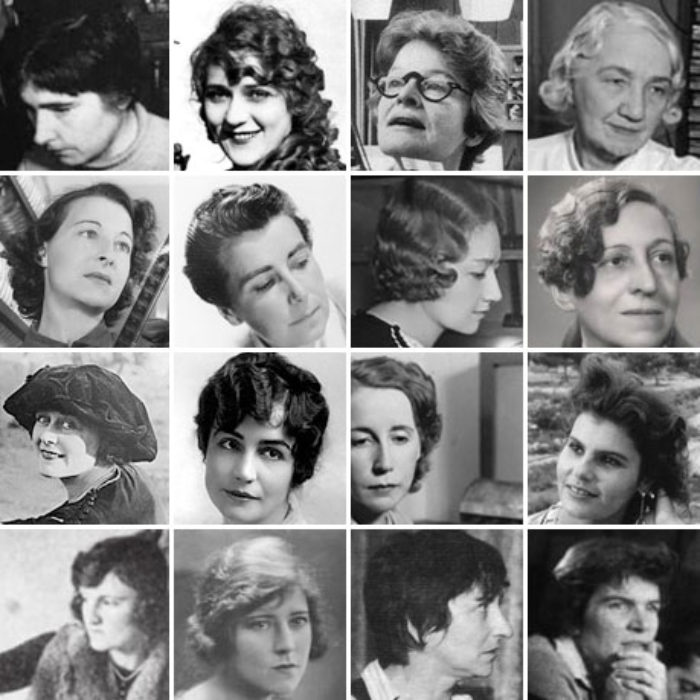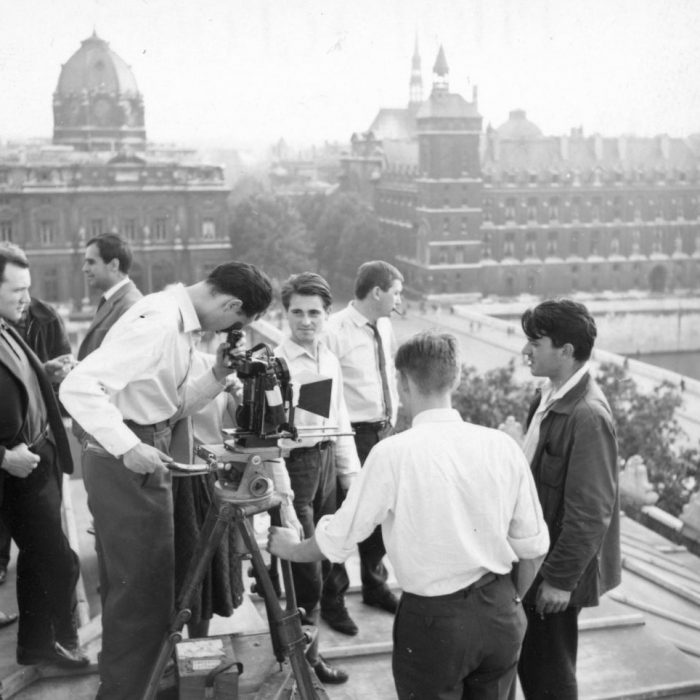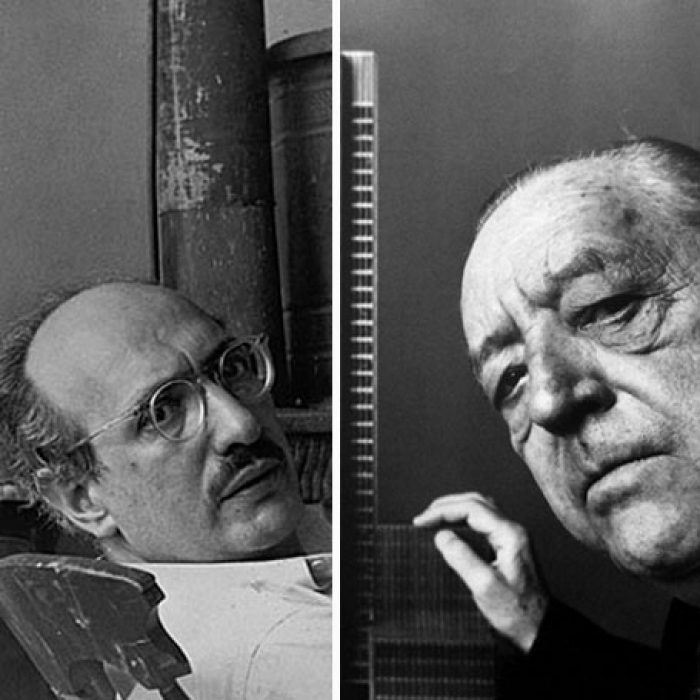MENU
category featured | back to all

Ozu’s House

Cinema female pionners

The single look. An architect thinks the cinema

movie posters & no-movie posters

JackBackPack_Ruptura Silenciosa

Cinema inside cinema

The seduction of the Long take

The false city. Urban space acting

Mies and Rothko. Report of a [dis]agreement.


